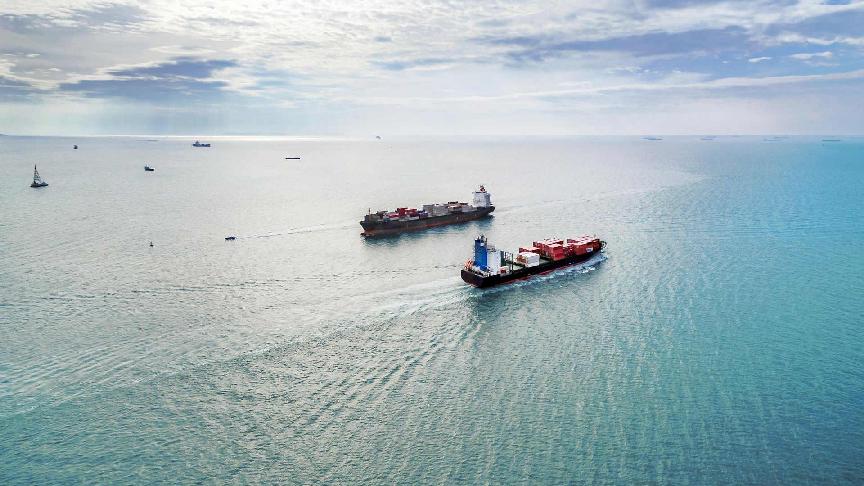Australian ports continue to battle with global supply chain disruptions
Late-arriving vessels responsible for fluctuations in container handling at the ports

After two years of pandemic-related supply chain disruptions, global schedule reliability began improving in June 2022. For the month of October, Sea Intel measured global schedule reliability at 52%.
Yet, Australian ports continue to battle with global supply chain disruptions. The Australian Competition and Consumer Commission (ACCC) has released a report that identified low schedule reliability, increased size of container ships calling the ports and shortage of labour throughout the supply chain as the three factors intensifying the situation.
According to stevedore accounts, the late arrival of vessels, which results in vessel bunching at the ports, is a major contributor to an uneven flow of containers. One stevedore told the ACCC that as little as 10% of ships arrived on time in 2021-22. This figure has improved to between 30-40% in recent months.
The schedule reliability of the Asia-Oceania trade lane, a major volume contributor in the region, has been stagnating throughout the year, according to Sea-Intel data. Despite a 4.8% improvement in October compared to September, at 26.1% it is the lowest-performing trade for the region. Late vessels from Asia have waited 7.51 days outside Oceania ports compared to the global number of 5.56 days in October. However, this is an improvement from 10 days at the beginning of the year.
A second factor contributing to the disruptions at the Australian ports is the size of vessels according to the ACCC report. In 2021-22, 14.3% of vessels calling these ports were those with a gross tonnage between 80,000 and 110,000. This is an increase of over 10% compared to 2018-19. For the stevedores, servicing these larger ships means more operational challenges and it further intensifies the uneven throughput at the port and supply chain.
Lastly, Australian ports have not been immune to the global issue of a labour shortage during the pandemic. To add to this, stevedores have found it difficult to find new staff and retain them long enough to develop the required skills and knowledge. A shortage of truck drivers has also exacerbated the situation at storage facilities and empty parks.
Increased regulation of privatised container ports, addressing industrial relations issues and measuring and benchmarking container port productivity are some of the recommendations made by the report to address these issues.
The report, however, notes the increasing improvement in global container port congestion, which could bring some relief to Australian supply chains.
Source: ACCC, Sea Intel, Maritime Executive
Related articles

Sea newsCyber attack closes Australia's DP World terminals over the weekend

Sea newsMaintenance works to interrupt operations at Brisbane Port, Australia

Sea newsUpdate: 63% of Svitzer employees vote in favour of deal

Sea newsAustralian Labour union pushes for Maersk involvement in negotiations with Svitzer AU

Sea newsNew Zealand declares a state of emergency after Cyclone Gabrielle hit its North Island on Monday

Sea newsDeploying larger vessels realigns global shipping
